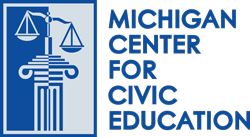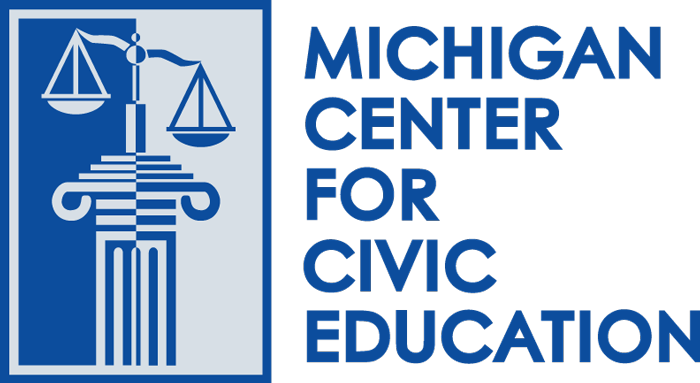Students develop an understanding of the qualities of a leader and begin to see themselves as leaders. Students will learn about and understand who can become president and what his/her duties would be as president.
Civics Lessons
The Presidency
The President’s Roles and Responsibilities: Communicating with the President
Through several activities, students learn about the roles and responsibilities of the U.S. president and their own duties as citizens of a democracy
The Vote
Students will better understand the concept of the Electoral College by participating in a mock Electoral College vote.
What Is A Good Rule? Creating Our Ballot Questions
This lesson offers students the opportunity to play the role of voters with special interests. Students draw up initiatives for new classroom or school rules. Working in groups of four or five, students share their ideas and rationale for new rules.
Prepare for Trial
In this lesson, students will learn about the relationship between constitutional rights and fair and unbiased jury selection. Students will focus on the process for selecting members of a jury. In addition, they will learn vocabulary relevant to understanding court proceedings, which they will apply in making juror selections. Throughout the main activities and lesson extensions, students will investigate the relationship between constitutional rights and fair and unbiased jury selection.
Teaching How Citizens Influence Public Policy
Target Grades: 4-6
In this lesson, students use a school policy to define policy, understand that policies change, and recognize what and who influences policy making and changes.
Who can Vote for Student Council President?
Students review hypothetical scenarios and decide who may vote for student council president. Students review constitutional principles states must follow when deciding who can vote.
Appreciating Democracy
This lesson is designed to teach students to appreciate the most basic practices of democracy in the United States: The lesson can be taught in three or four 45-minute class periods. At the heart of the lesson are three easy-to-teach activities (or simulations).
Becoming an Informed Voter: Preparing for the General Election
This lesson focuses on a voter’s need to be fully informed prior to casting a vote on Election Day and how to acquire the necessary information. Students learn what a yes or no vote or a decision to abstain means on a ballot. Students learn the definitions of amendment,initiative, and referendum. Students are given the opportunity to think critically and to learn firsthand why voters need to be fully informed about ballot questions.
A Kid’s Guide to Running for President
Students will read about the election process and correctly put the steps in proper sequence. Students will participate in a debate on an issue that relates to their day-to-day school experience.

